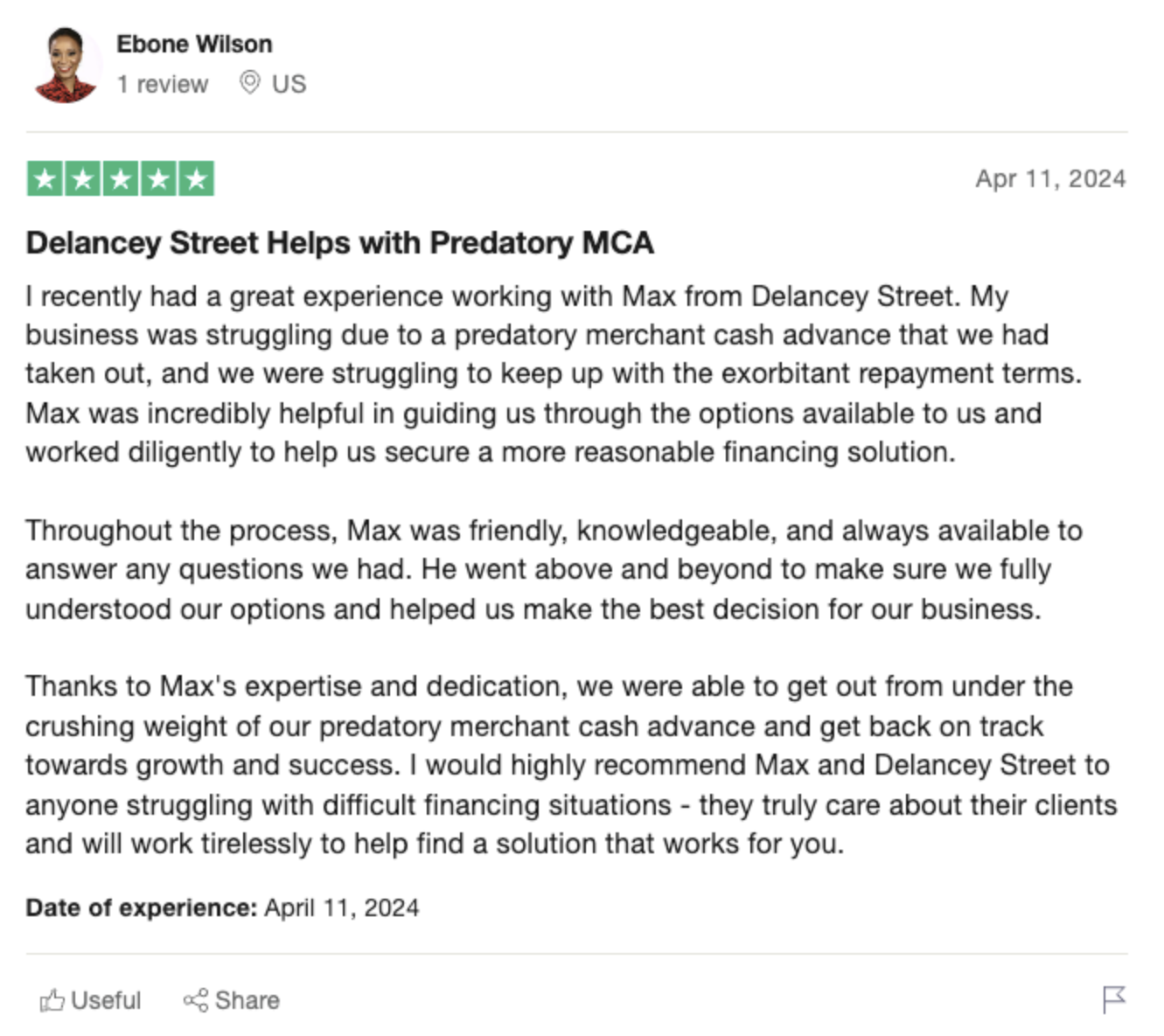Getting Out of Business Debt: The Real Numbers on Settlement Success Rates and Savings
Businesses facing overwhelming debt often consider debt settlement as an option to resolve their financial troubles. But how effective is debt settlement at actually helping businesses eliminate debt? What are the real success rates and potential savings? This article takes an in-depth, data-driven look at those questions.
The Debt Settlement Process
First, a quick primer on how debt settlement works. The process involves:
 -
-- A business stops making payments on its debts and instead sets aside funds in a separate account. This allows the debts to become delinquent and the creditors to be more open to accepting a reduced payoff amount.
- The business works with a debt settlement company to negotiate settlements for less than the full balances owed. The debt settlement company contacts creditors and seeks to make “lump sum” settlement offers, using the funds the business has set aside.
- If a creditor accepts a settlement offer, the business pays that negotiated amount as full satisfaction of the debt. This allows the account to be closed and the business released from further obligation.
On average, debt settlement companies charge 15-25% of the enrolled debt amount as their fees for facilitating settlements. Businesses must also have sufficient savings to fund the lump sum settlements.
When successful, debt settlements allow businesses to resolve debts for less than originally owed. But what do the numbers show about actual settlement success rates and savings achieved?
Debt Settlement Completion Rates
According to industry data, around 45-50% of businesses completing all debt settlements through a debt settlement program. This represents the share that settles their entire debt load. It exceeds the 33% completion rate for Chapter 13 small business bankruptcies.
An additional 15-20% of debt settlement clients settle at least 80% of their debts before dropping out. So in total, around 60-70% of businesses settling most or all of their debts. Still, 30-40% of clients settle less than 80% before dropping out.
 -
-These completion rates can vary based on factors like:
- Client qualification requirements
- Quality of client services
- Ability to meet client expectations
For example, some debt settlement firms report completion rates as high as 60% for all debts settled. But others consider a client “completed” if they’ve settled just 50% of debts before dropping out.
Completion rates also differ based on business size and industry. Larger companies with more resources tend to see higher success rates in debt settlement programs.
Potential Savings from Debt Settlements
Assuming a business does complete settlements, what savings might it achieve? Here again industry data provides insight:
- The average business saves 45 cents for every $1 of debt settled, according to one analysis. So settling $100K of debt would save around $45K.
- Most debt settlements result in at least a 25% reduction in the balance owed. Many achieve 40-60% savings relative to the original balance.
- On average, debt settlement provides $2.64 in savings for every $1 in fees paid to settlement companies.
- For businesses settling all their debts, total savings often reach 40-60% of original balances owed.
Actual savings vary case-by-case based on factors like:
 -
-- The age and types of debts (older debt often settles for larger discounts)
- Business negotiation leverage
- State regulations capping settlement fees
Keep in mind creditors also charge interest and late fees while settlement offers pend. So total savings must exceed these added costs.
Debt Settlement Risks and Considerations
While debt settlement can provide meaningful savings for some businesses, it doesn’t work out for everyone. Risks and considerations include:
- Upfront fees can seem expensive, ranging 15-25% of debt enrolled. Businesses don’t receive any settlements until after paying program fees.
- Only around 60-70% of clients complete settlements of most debts before dropping out. Non-completions mean less realized savings.
- Missed payments while saving for settlements further damage business credit scores. Creditors can still sue for balances owed while settlements pend.
So debt settlement provides no guarantee. Businesses must weigh risks versus potential savings. Strong legal and financial advice helps assess if it’s the right approach.
 -
-Finding a Reputable Debt Settlement Company
The debt settlement industry historically suffered from misleading claims and outright scams promising unrealistic outcomes. State regulations, improved oversight, and industry trade groups have helped address many past abuses. Still, businesses should carefully vet any firms considered to avoid less scrupulous operators.
Warning signs of untrustworthy debt settlement companies include:
- Requests for substantial upfront fees before providing any settlements
- Promises to “eliminate” or “erase” debt rather than settle it
- Claims of unusually high success rates or savings amounts
- Lack of clarity around actual processes and risks
Reputable firms provide transparency upfront on their fees, processes, risks, and historical outcomes. They put client interests first when advising on options.
As when hiring any professional service provider, checking ratings, reviews, complaints, and regulatory actions remains wise. Third-party validation through organizations like the American Fair Credit Council helps confirm responsible practices.
Weighing the Debt Settlement Option
Debt settlement holds both risks and opportunities for business struggling with overwhelming debts. Settlements became available for less than amounts originally owed. But not every company succeeds at completing their entire debt relief plan.
Businesses must balance debt settlement pros and cons against other options like small business loans, bankruptcy, or continued payments on original terms. Just be sure to use only trustworthy partners for advice and program enrollment.
This article aimed to provide data-driven insights on real-world debt settlement outcomes. But every situation differs. Consult qualified legal and financial experts to decide if settlement makes sense for your small business.







